If you're a regular reader of the PricePlow Blog, then you know that we're huge fans of Cognizin®, a patented and trademarked form of citicoline developed by Kyowa Hakko.
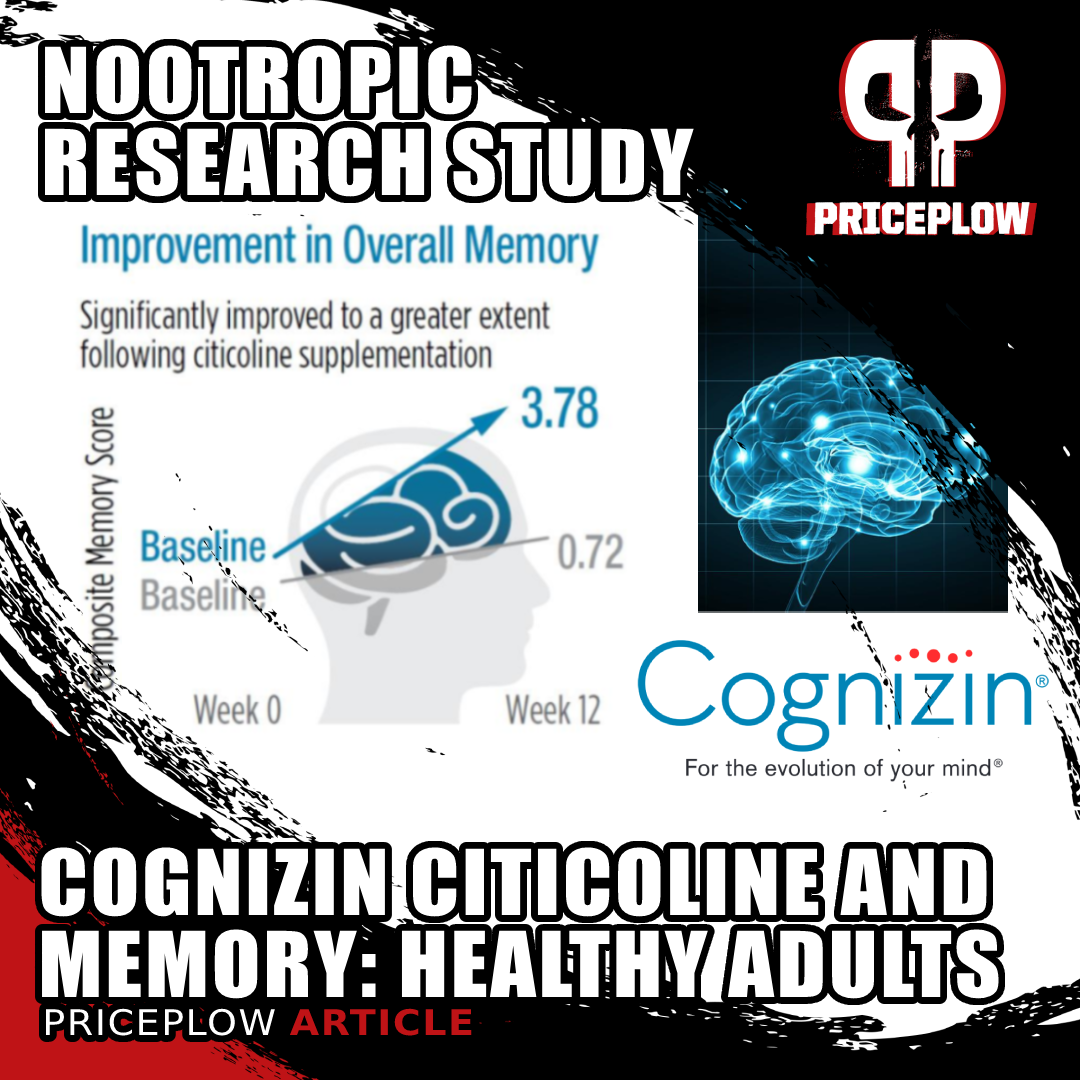
The latest study performed on Cognizin® Citicoline was published in 2021, showing improved memory in healthy older adults.[1]
We wrote a deep-dive on Cognizin in the article linked above, so you can read that if you want the full story. Today, however, we're going to specifically zero in on the most recent study to use Cognizin, which was published in 2021 and showed memory improvements in older adults.[1]
First, here's a short recap of the choline- and uridine-based ingredient and its benefits:
Cognizin® Citicoline – A Primer
Note: This section contains a brief summary of choline and Cognizin citicoline. If you're already familiar with these topics, you can skip to the Cognizin Memory Study section below.
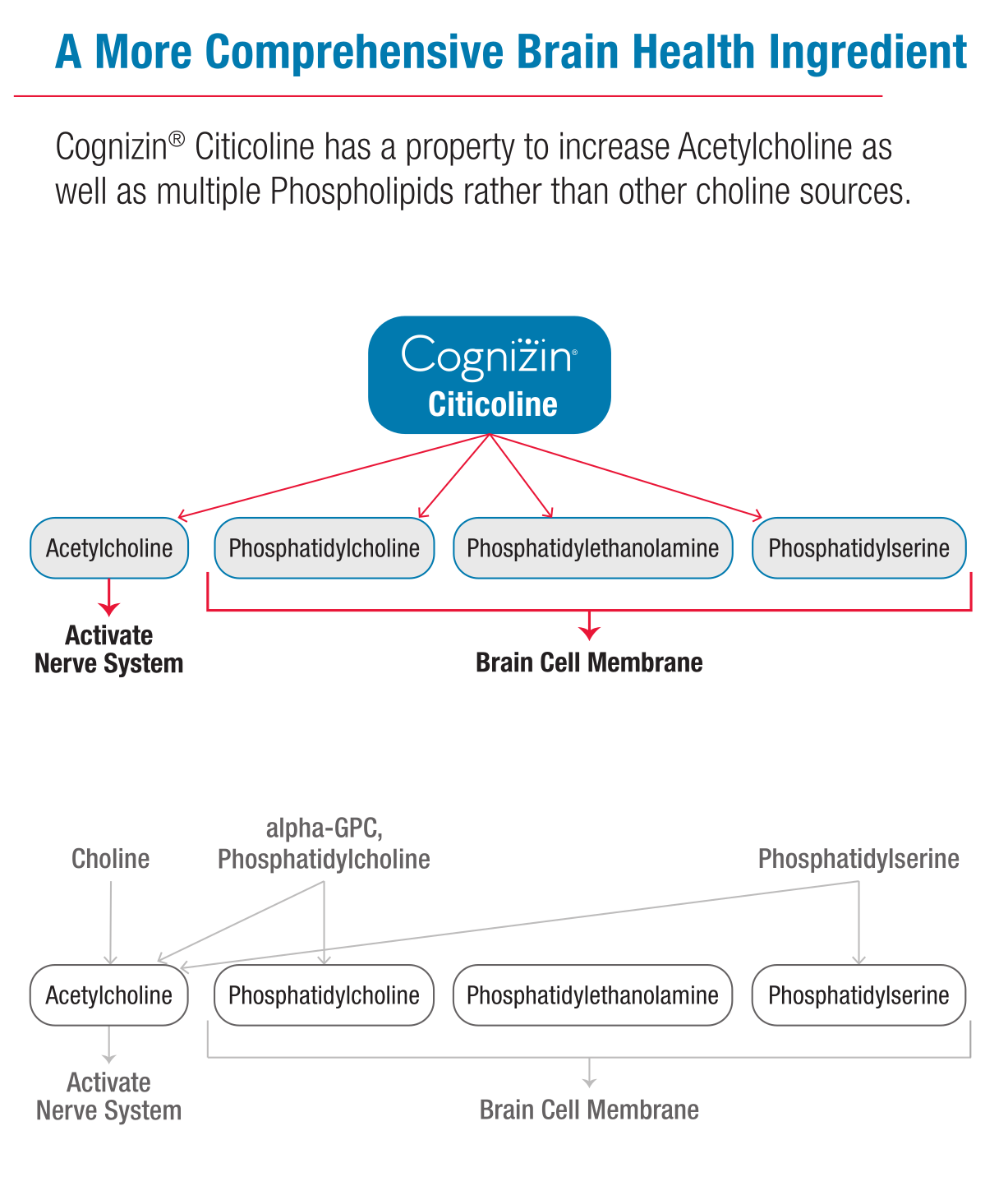
Only citicoline is able to promote both acetylcholine and the three brain cell membranes, phosphatidylcholine, phosphatidylethanolamine, and phosphatidylserine!
Maintaining healthy brain function is a crucial part of living well, and consumers are highly motivated for nootropic supplements that support brain function and provide a positive experience.
Choline is a key part of many nootropic ingredients, since it's a precursor to acetylcholine, a neurotransmitter that's responsible for learning and memory consolidation.[2] The also body needs choline to build the phospholipid bilayer membranes that enclose the contents of cells,[3] making it essential for human health.
Thanks to citicoline's high-bioavailability properties, its inclusion of uridine, and its ability to upregulate feel-good neurotransmitters like dopamine and norepinephrine, Cognizin Citicoline is what we consider to be more than just the premium form of choline on the market.
A 2006 research review found that citicoline can:[4]
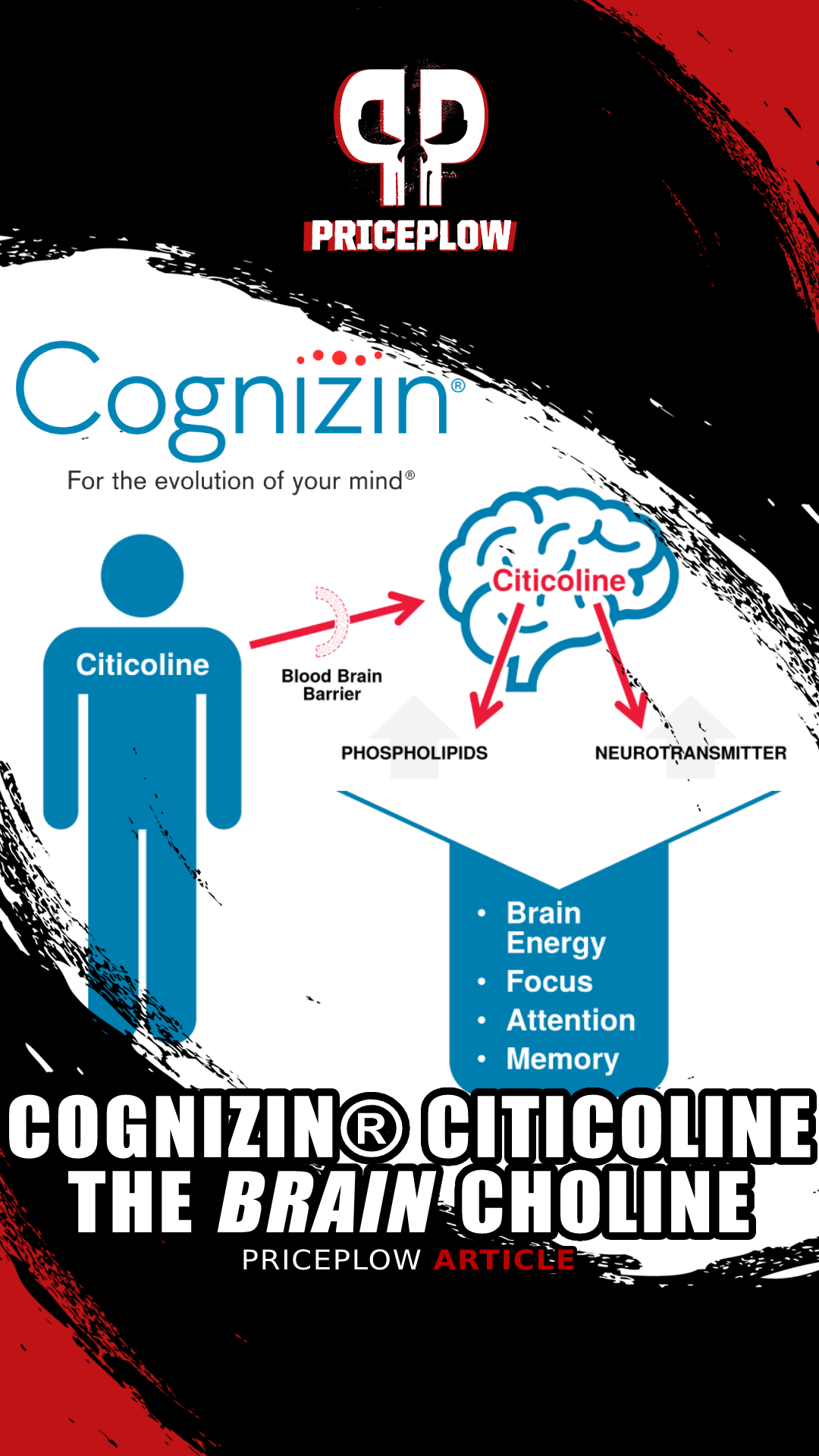
Cognizin® Citicoline is dubbed the The Brain Choline not just because it provides choline, but because it also supplies cytidine, which is also needed for the synthesis of phosphatidylcholine
- Stimulate the synthesis of neuronal phospholipid membranes
- Support neuronal metabolic function
- Increase production of key neurotransmitters like dopamine, norepinephrine, and acetylcholine[5]
- Mitigate damage to neural tissue
- Slow progression of age-related cognitive decline
- Restore mitochondrial function in neurons
- Inhibit neuronal apoptosis
- Supports neuroplasticity
Cognizin-Specific Studies
There are also some Cognizin-specific studies showing that Cognizin can:
- Speed up psychomotor functions[6]
- Improve memory in older adults[1]
- Improve CPT-II performance in middle-aged women[7]
- Improve the function of neuronal mitochondria[8]
Cognizin is the only citicoline that has been studied in healthy subjects to show such benefits listed above.
Now on to the most recent study regarding memory:
2021 Study – Cognizin Improves Memory in Older Adults
As the global population's average age trends older, managing cognitive decline in old age is an increasingly important public health concern. The big question on many nutritional researchers' minds is whether nutrients and/or supplements like Cognizin – can help us stay sharp well into the final decades of life.
More specifically, the big concern is age-associated memory impairment (AAMI), which has probably affected the lives of most readers or their extended families at some point. AAMI affects the elderly and manifests through various well-known neurological disorders.
First Study of Its Kind
Back in August 2021, Elsevier published a study titled "Citicoline and Memory Function in Healthy Older Adults: A Randomized, Double-Blind, Placebo-Controlled Clinical Trial" that examined Cognizin's ability to help manage AAMI.[1] Although this was one of the studies we previously covered in our main Cognizin article, it deserves a more thorough analysis due to its groundbreaking nature.
The main reason why this study should be highlighted is because, as far as we know, it's the first study to ever examine whether a cognizin can have a clinically significant effect on AAMI, which is considered normal part of aging in a healthy population
As a disclaimer, note that Kyowa did fund this study. While we have reviewed the research, it has been published in a peer reviewed journal and we don't see evidence of bias thanks to the methods used, this is a potential conflict of interest and should be disclosed.
With that out of the way, let's do a deep dive on this study and its findings.
Study design
This study was randomized, double-blind, and placebo-controlled, which is the gold standard of scientific research. This simple three-part formula is enough to eliminate major sources of potential bias.[1]
In this design, participants were randomly assigned to receive either 500 milligrams of Cognizin per day (250 milligrams 2x/day), or an inert placebo. Neither the subjects nor the researchers knew which treatment the participants were receiving.[1] They received their treatment for a period of 12 weeks, with cognitive tests at the beginning and end of the study period serving as the basis for comparing their performance.[1]
Care was taken to control lifestyle variables that could impact cognitive performance. For example, subjects were instructed to maintain their usual diets, exercise routines, and sleep hygiene practices for the duration of the study.[1]
Participants ranged in age from 50 to 85 and were also selected on the basis of one important characteristic: each scored at least one standard deviation below the mean on a battery of cognitive tests designed to emphasize memory and attention.
Assessment of cognitive function
The following tests were used to measure cognitive performance:[1]
- Monkey Ladder task (working memory)[9]
-
Spatial Span task (short-term spatial memory)[10]
- Digit Span task (short-term verbal memory)[11]
- Paired Associate task (episodic memory)[12]
- Feature Match and Interlocking Polygons tasks (selective attention)[13]
- Sustained Attention to Response Task (sustained attention)[14]
These tests were used for participant selection, and also served as the basis for measuring cognitive performance before and after the study.
Within-group analysis results:
The researchers found that Cognizin supplementation was associated with statistically significant improvements to the following subtests of the cognitive battery:
- Spatial Span
- Composite Memory – an average of the four administered memory tests
- Feature Match
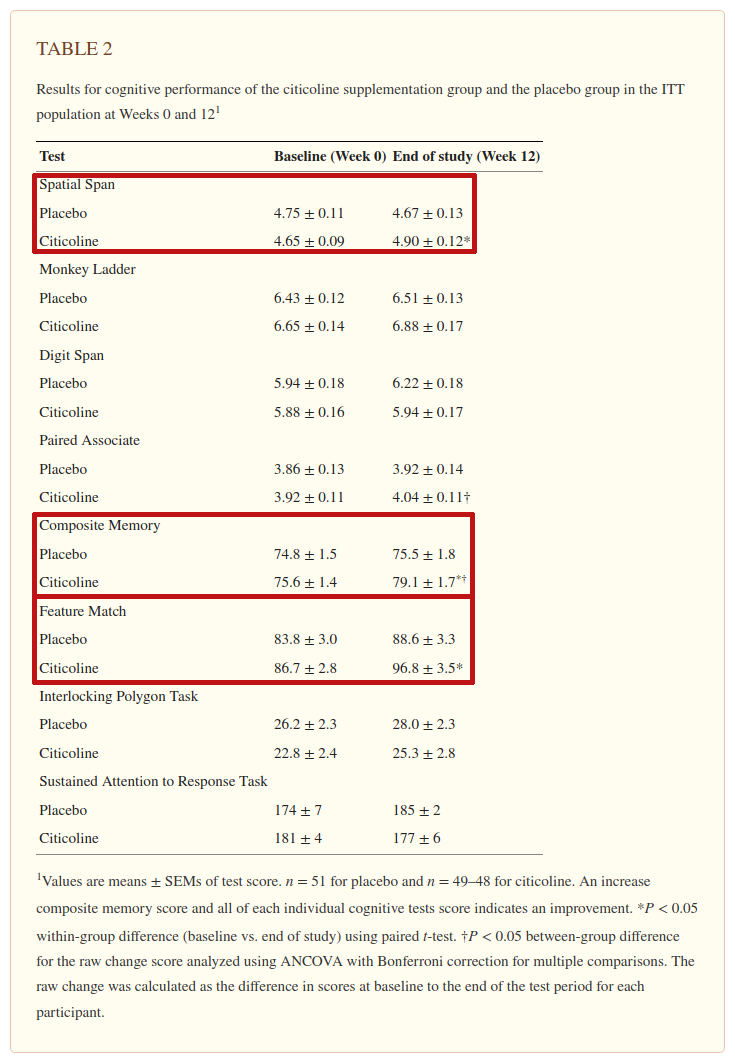
Within-group analysis shows the cognitive performance characteristics of study participants, before and after treatment. Statistically significant benefits associated with Cognizin were found on the Composite Memory, Feature Match, and Spatial Span tests (outlined in red).[1]
Between-group analysis
The researchers also found that while both groups saw statistically significant improvements to their scores on two of the tests – namely, the Paired Associates and Composite Memory – the Cognizin group improved more than the placebo group did.
You might be wondering why the placebo group improved at all. At least part of the answer is that when cognitive tests are repeatedly administered, subjects can learn from experience and get better at taking the test. In simple terms, if you subtract the learning effect from total improvement, you'll be left with the effect from Cognizin -- and statistical significance was still achieved.
Understanding the Composite Memory score is pretty straightforward. This is essentially an arithmetic mean of subject scores on all four memory tests administered in the cognitive battery.
Paired Associates is a little more nuanced, though. This is a test designed to measure episodic memory, a type of memory that involves conscious recollection of previous experiences with their context in terms of time, place, and associated emotions.[1]
It's particularly interesting that Cognizin helps improve episodic memory, because its decline is a core feature of AAMI. Compared to other types of memory, episodic memory is uniquely vulnerable to degradation with age,[15] which can severely impact the elderly's ability to function. Failure to retrieve lessons from past experience – the essential function of episodic memory – can obviously interfere with an individual's ability to fulfill his or her obligations in daily life.
Again, this is the first study to show that citicoline can improve episodic memory in the elderly.
Mechanism of action

Only citicoline is able to promote both acetylcholine and the three brain cell membranes, phosphatidylcholine, phosphatidylethanolamine, and phosphatidylserine!
Previous studies have shown that citicoline can help improve metabolic function in the frontal lobe,[16] a brain region that is central to human intelligence and identity. Since frontal lobe function is hit particularly hard in aging,[17,18] this seems likely to be a key part of citicoline's ability to improve AAMI symptoms.[1]
Citicoline's status as a phosphatidylcholine (PC) precursor is probably also implicated, since PC brain levels also decline with age[19] and a particular region of the frontal lobe, the prefrontal cortex is responsible for coordinating the relationship between PC levels and cognitive flexibility.[20]
Conclusion: Cognizin for Memory Support
This study represents strong evidence that Cognizin citicoline can help manage symptoms of age-associated memory impairment (AAMI). However, as this is the first study of its kind, more research is always needed before definitive conclusions can be drawn.
Here at PricePlow, we cater largely to the sports nutrition minded supplement consumer that's generally younger and athletic. While we're major fans of the experiential, focused feel of Cognizin in energy drinks such as Bum Energy and C4 Smart Energy, there's obviously a more important arc to this ingredient, and we're happy to highlight it here.
Cognizin Capsules: No need to give grandma an energy drink
The young demographic can get many of these benefits on a regular basis from their favorite energy drinks listed above. However, for an older population, we're happy to inform you that Cognizin can also be bought standalone, from reputable brands such as Swanson listed below.
But just in case, it's great to know that Bum Energy has only 125 milligrams of caffeine, so it won't overwhelm most individuals who can handle a nice cup of coffee. Just note that it only has 250 milligrams of Cognizin, while the study highlighted in this article used that dose twice in a day.
You can check out some Cognizin supplement prices below, and sign up for our Cognizin-based news alerts for future product and research-based content as it comes:
Subscribe to PricePlow's Newsletter and Alerts on These Topics
Citicoline – Deals and Price Drop Alerts
Get Price Alerts
No spam, no scams.
Disclosure: PricePlow relies on pricing from stores with which we have a business relationship. We work hard to keep pricing current, but you may find a better offer.
Posts are sponsored in part by the retailers and/or brands listed on this page.
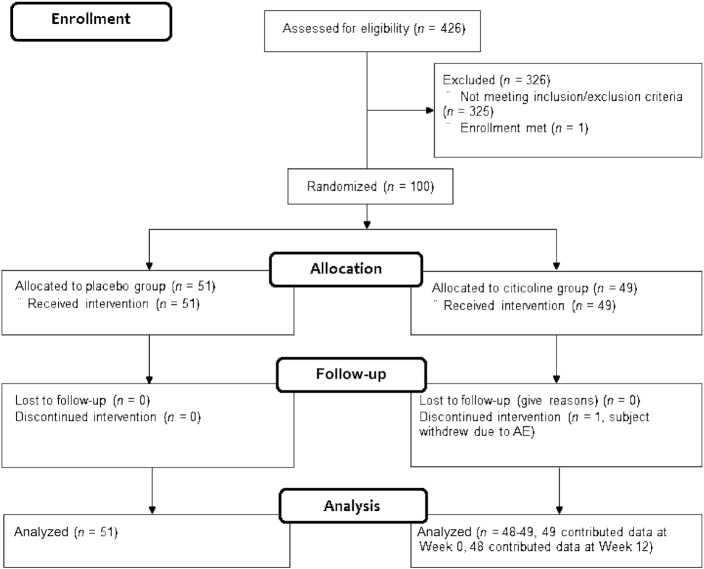
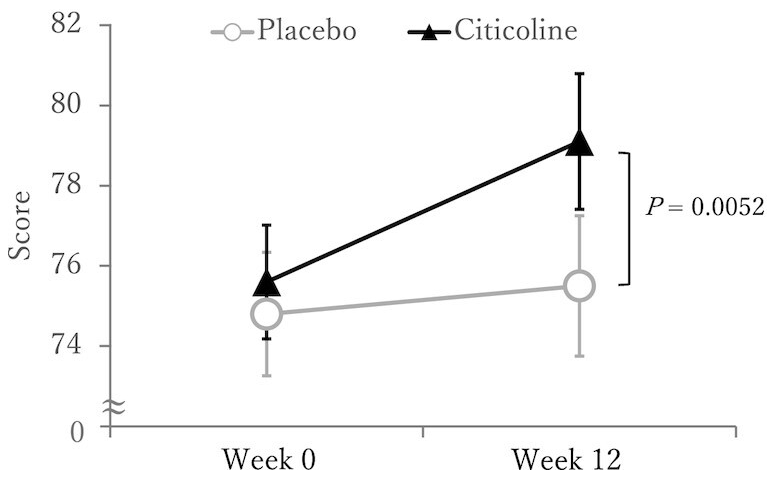
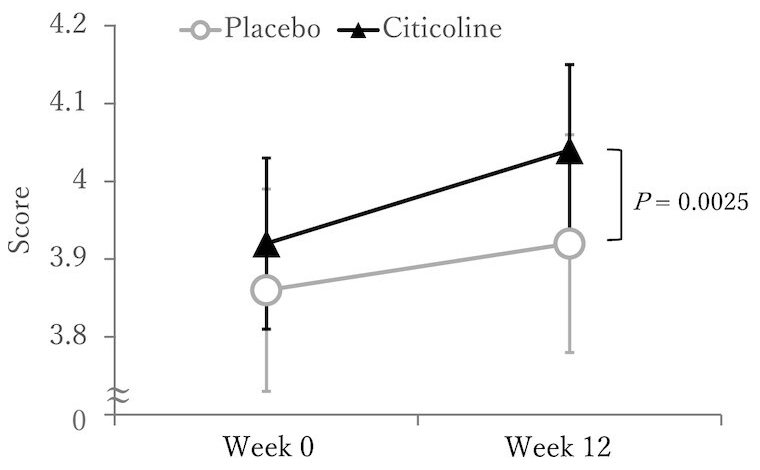
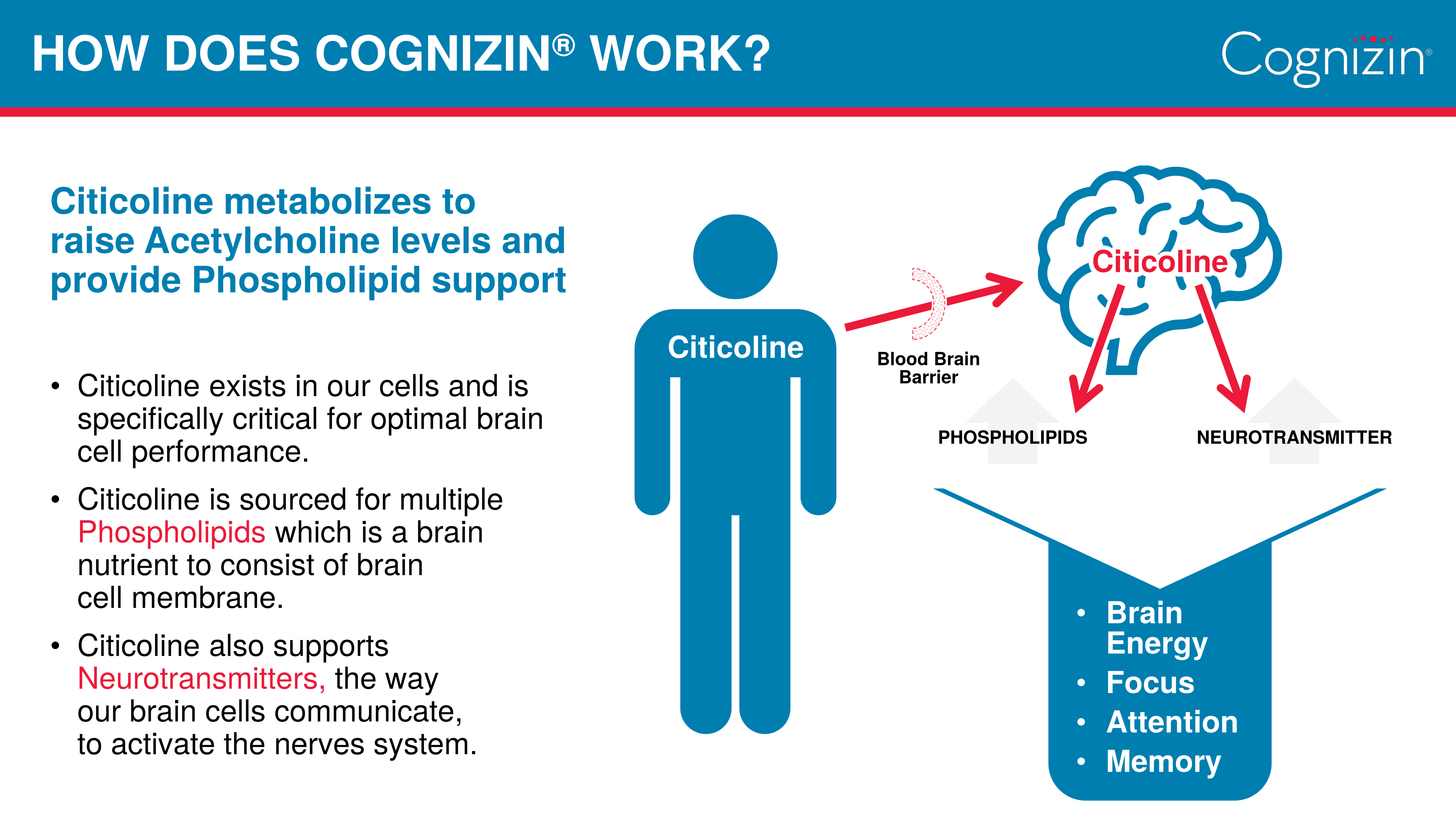


Comments and Discussion (Powered by the PricePlow Forum)